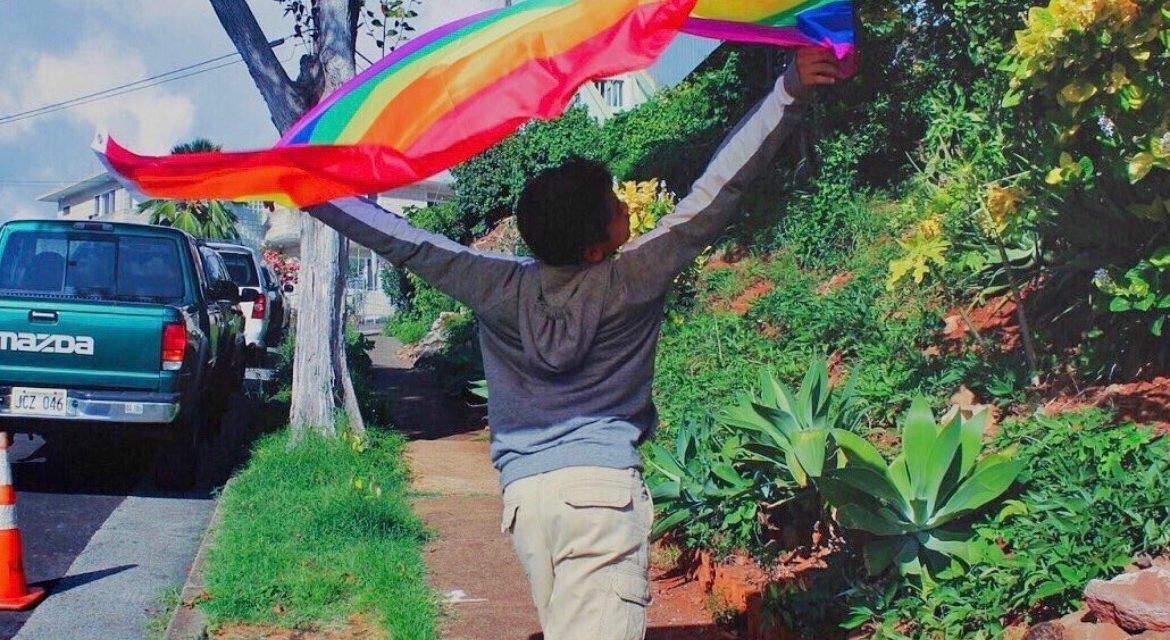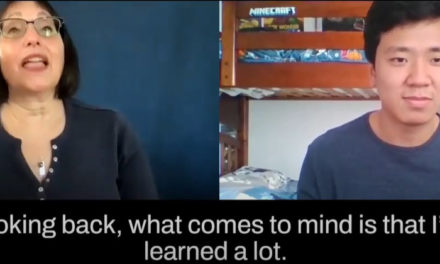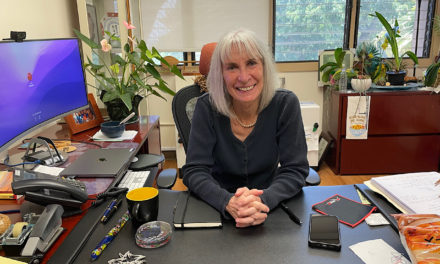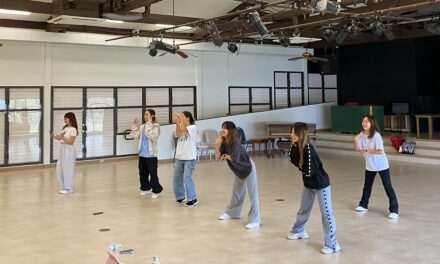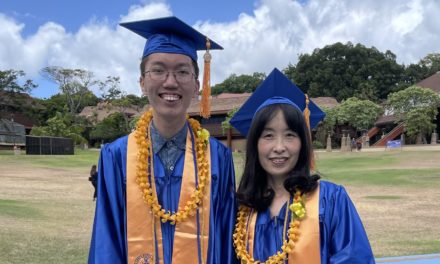By Cameron Enomoto | Staff Writer
This year marks the 33rd anniversary of National Coming Out Day (NCOD) since it was first observed in 1988. NCOD is an annual awareness day for those who are part of the LGBTQ+ community and it is celebrated for multiple reasons. It is dedicated to people who have already come out and those who have not, while also supporting many who choose to keep their identity a secret.
Coming out is often a long journey that does not occur overnight, and everyone has a different story to share. Ultimately, the process helps individuals to live authentically and take pride in their gender or sexual orientation.
Jenny Brown, a second-year at Kapiʻolani Community College, shared her experience of coming out as asexual and what it is like to be part of the LGBTQ+ community.
“It’s totally okay if you’re trying to figure things out,” Brown said. “You don’t have to know straight off the bat what you like and what you don’t like. The main thing is being sure of yourself regardless of what others say. As long as you know who you are you will be alright.”
As a middle schooler, she had no interest in dating and was content with her daily activities and friendships. Though as she transitioned into high school, she began to question herself.
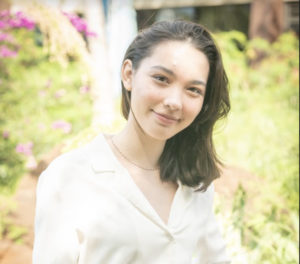
Jenny Brown is 19 years old and she is currently majoring in Natural Science with an Engineering Focus. (Photo courtesy of Jenny Brown)
“It progressed over time … dating wasn’t really my thing,” Brown said. “Inside I knew that I was fine … I didnʻt want a boyfriend because I wasn’t interested.”
The 19-year-old said her parents and other peers used to ask why she did not have a boyfriend yet, to which she would say that she did not need one. However, there were still people close to her that insisted she would find someone eventually.
This past summer, Brown began to feel pressured by her mom to find someone to date because would be happier. As a result, she downloaded Tinder and Bumble to find a few dates. Despite having a few matches, her experience was uncomfortable.
“At the end of the day, I asked myself what I was doing,” she said. “… I’m not even into this, I don’t even want this.”
After learning more about the LGBTQ+ community, Brown was able to identify as asexual in her high school years.
As of today, she has only come out to some of her friends and has not yet revealed her asexuality to her parents. Brown believes that because asexuality is poorly understood her parents may be confused by what it means.
Asexuality is a type of sexual orientation where a person experiences little to no sexual attraction. There are asexuals who may experience sexual attraction while others have none at all. Additionally, asexual people may also be interested in having a romantic relationship, while others may be aromantic, which means they do not have romantic feelings.
“We all know what bisexual and gay mean, and there’s also pansexual people,” said Brown. “… Those are prominent in the LGBTQ+ community, and I feel invisible because so many people tell me I will grow out of it or find the right one for me and change my mind.”
On the other hand, Brown received positive feedback from her friends when she shared her story with them.
“Overall the majority of the responses were positive,” she said. “They were very accepting and basically told me they were glad that I’m happy this way.”
Additionally, it is important to note that there is no right way to define one’s gender or sexual identity. There are many possibilities for people to associate themselves with rather than selecting and conforming to a single category.
“Sexuality is on a spectrum,” Brown said. “You can be on one end, in the middle, or on the other end. It’s very diverse, and there is definitely room for people to explore what they’re comfortable with.”
There are LGBTQ+ resources available for all members of the campus community at KCC as well as 24-hour hotlines for those who may need additional support. For more information on resources, visit the LGBTQ+ resources page on the KCC website.

